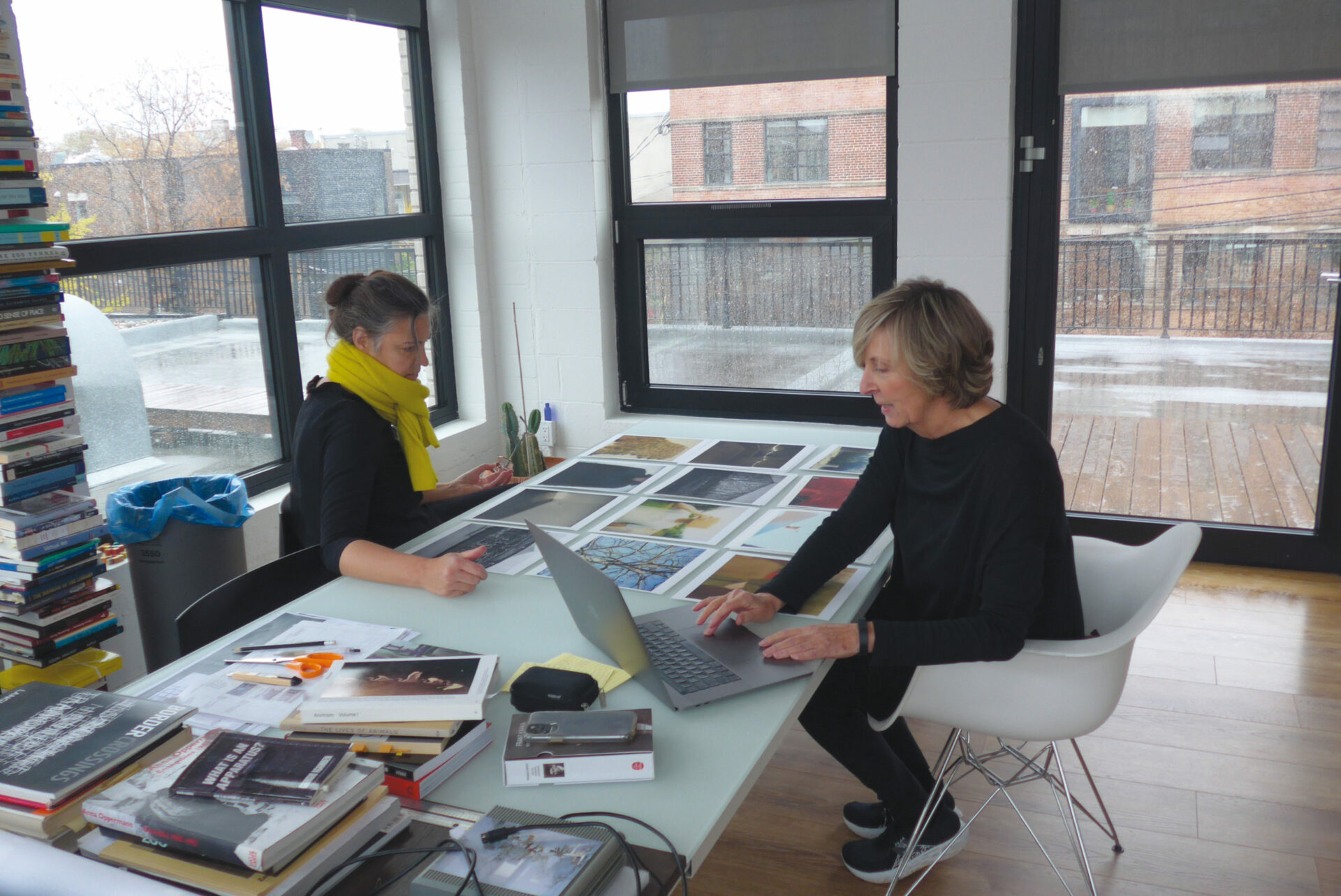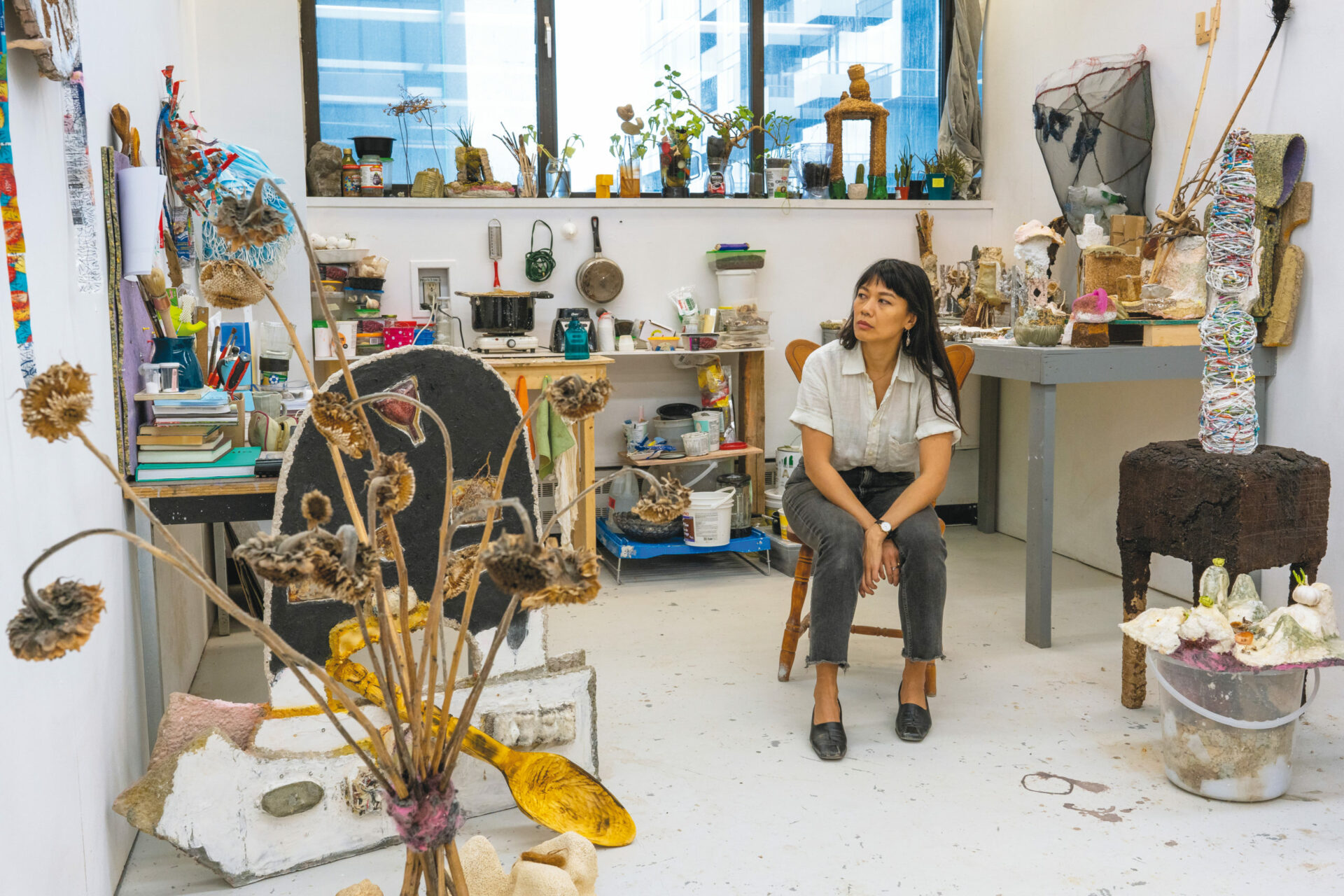Tête à tête with Angela Grauerholz

This conversation began years ago, in 2006, when I invited Angela Grauerholz to present Reading Room for the Working Artist at VOX, centre de l’image contemporaine, which at the time was situated on St. Lawrence Boulevard, in the heart of Montréal’s red-light district. Today, looking back, I think that this installation was a turning point in Grauerholz’s career because it brought together a number of elements that have since become the foundation of her research—and of mine, too. It’s also the reason that our working together on that event was the start of a lasting relationship. And so, looking back at Grauerholz’s practice and taking stock of the various roles she has played in the Montréal cultural community—graphic designer, co-founder of Artexte, and professor—we have to recognize that she is not only a well-known artist but a woman of many skills (to say the least) and accomplishments. And yet, a constant emerges from all these roles—a fundamental way of working and of conceiving projects that might be summarized in an abiding concern for the dispositif. For forty years now, Grauerholz has continually sought to bring to light the mechanism, spatial device, or normative system at work in books, design objects, photographs, archives, and collections. The exhibition is yet another essential dispositif, and we felt that it was important to look at it in order to understand its capacity, to quote Giorgio Agamben, "to capture, orient, determine, intercept, model, control" actions, opinions, and discourses.1 1 - Giorgio Agamben, What Is an Apparatus?, translated from the Italian by David Kishik and Stefan Pedatella (Stanford: Stanford University Press, 2009). Whence, no doubt, the fact that this notion gradually surfaced during my conversation with Grauerholz, which took place partly in person and partly by email.

The Book
Marie-Josée Jean Let’s talk about the book: its conception, production, graphic design, collection, spatial arrangement, classification, reproduction, archiving, content, quotations, loss, and now its multiple digital forms, involving online distribution. All these aspects of the book have been a part of your professional career since 1972, as you began studying graphic design at the Kunstschule Alsterdamm in Hamburg. The book is also a major concern in your art practice. And you collect books in the form of objects, texts, images, and quotations. Why has the book been a core aspect of your work?
